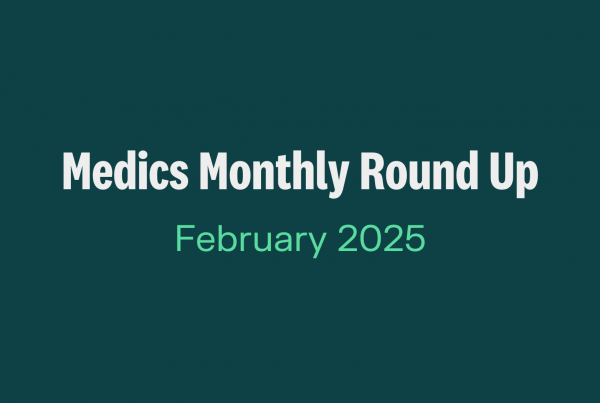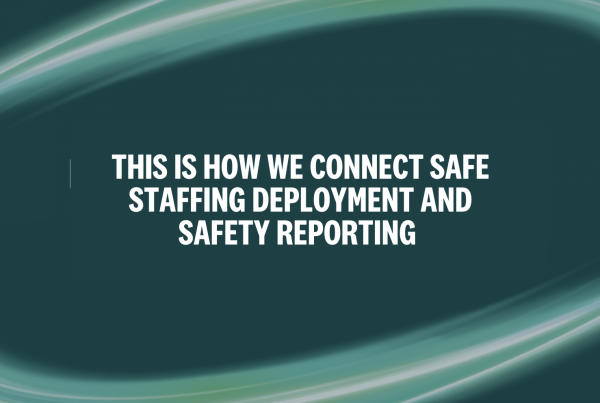 Blog by Darren Kilroy, Medical Director – International, RLDatix
Blog by Darren Kilroy, Medical Director – International, RLDatix
The role of medical workforce technology is now so well embedded in healthcare service provision that we can often take it for granted. Job planning, rostering, appraisal, the list goes on. We know that many organisations now place wholesale reliance on technological solutions for the planning, deployment and management of their entire medical workforce.
We also know that the implementation of these solutions can be fraught with challenges, be these technical or cultural. Some of these fall at the door of the vendor and some of them at that of the user. The net effect of any such shortcoming is an avoidable reduction in the full potential and capacity of the systems to do what they ultimately can, and should, be doing – making clinical care safer and more efficient.
Key to addressing this is a comprehensive understanding of how best to choose, introduce, maintain and develop a technological solution in the workplace. To take the experience of many implementations and to share what has been learned from them. Because one of the commonest reasons a given approach falters is an incomplete knowledge of how best to identify the power of what has been procured.
In the case of job planning, the ease of use of the tool to design and enable development of a workable, easy-to-understand document is crucial. Nobody has time or inclination to grapple with complexity here, and a detailed and nuanced plan is worth little if the basics of clinical availability and protected administration time are inaccurately laid down. Notwithstanding that, the language and context within which the whole exercise of job planning is approached are fundamental to maximising success of the exercise as a way of presenting and reconciling valuable clinician time with the demands of service delivery, education and training.
With rostering of staff, we likewise need a readable, workable and flexible solution that is amendable to amendment quickly and reliably such that everyone knows who is doing what, where, and when, and we want to align this to job plans so we can see that what we agreed would happen, happens, and where it does not, we know why not, and how to change that, in real time, not days later when the care has been compromised because capacity was lost for the demand we knew would be there.
And when mistakes occur, as they always will because healthcare is not perfect and neither are we as the human beings who provide it, we need to know how to record the events that occurred free from blame and finger-pointing, within a framework of objectivity and shared learning, so we can all see what happened, understand why, and take what steps we can to reduce the chances of it happening again. Our patients deserve nothing less.
At the Acute and General Medicine Conference on 1-2 October, we will be looking in detail at these three important domains – planning, rostering and reporting – to examine what makes for a good experience in the use of technology. To better understand how we can make the solutions work for clinicians, not the other way round. And to make the technology do what it is designed to do – deliver safer, more efficient and higher quality care. I hope you can join us in London.





